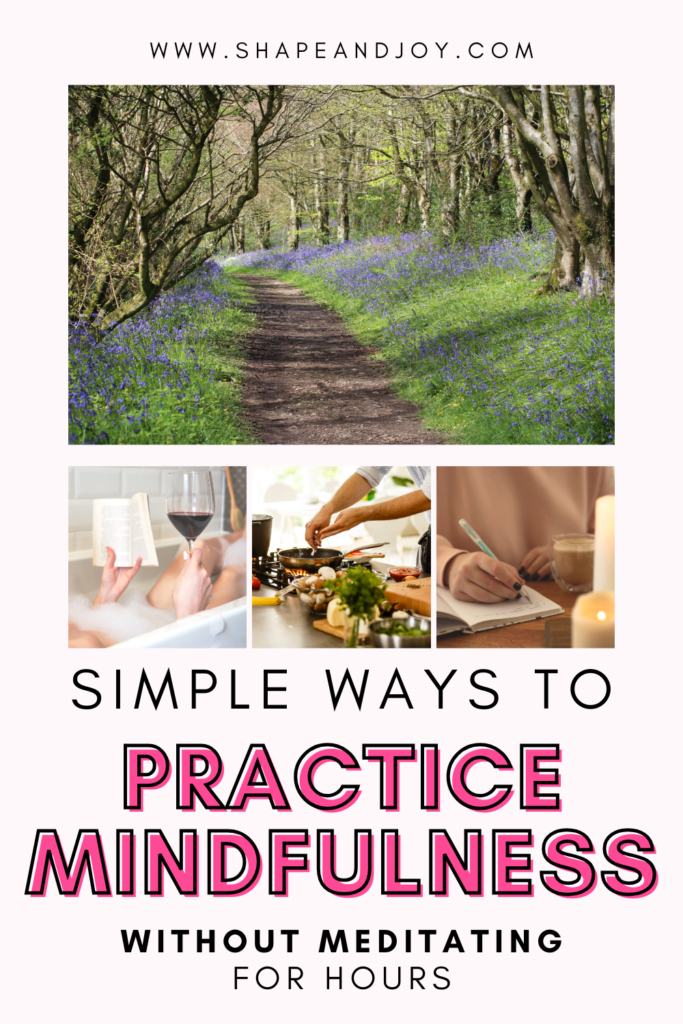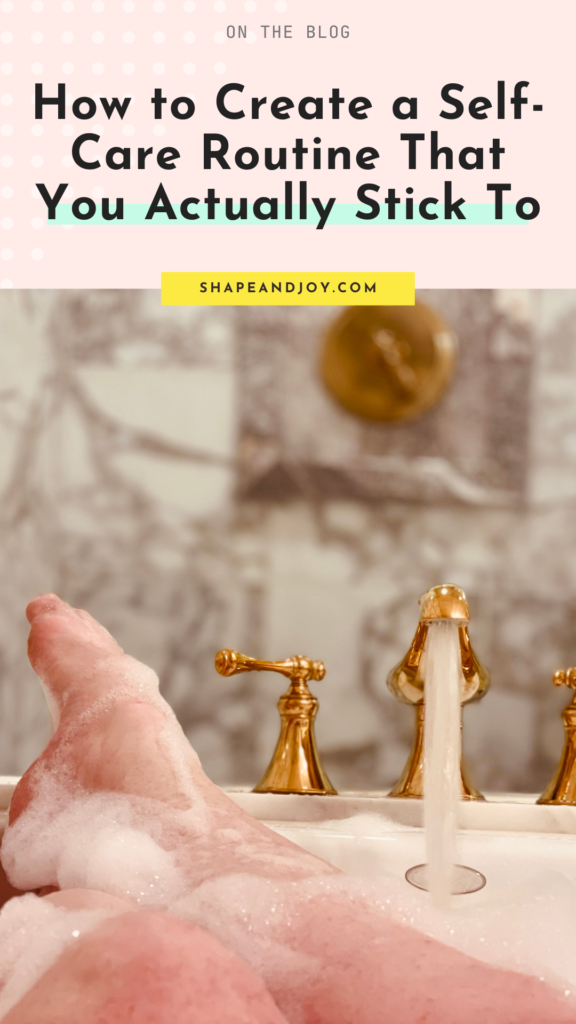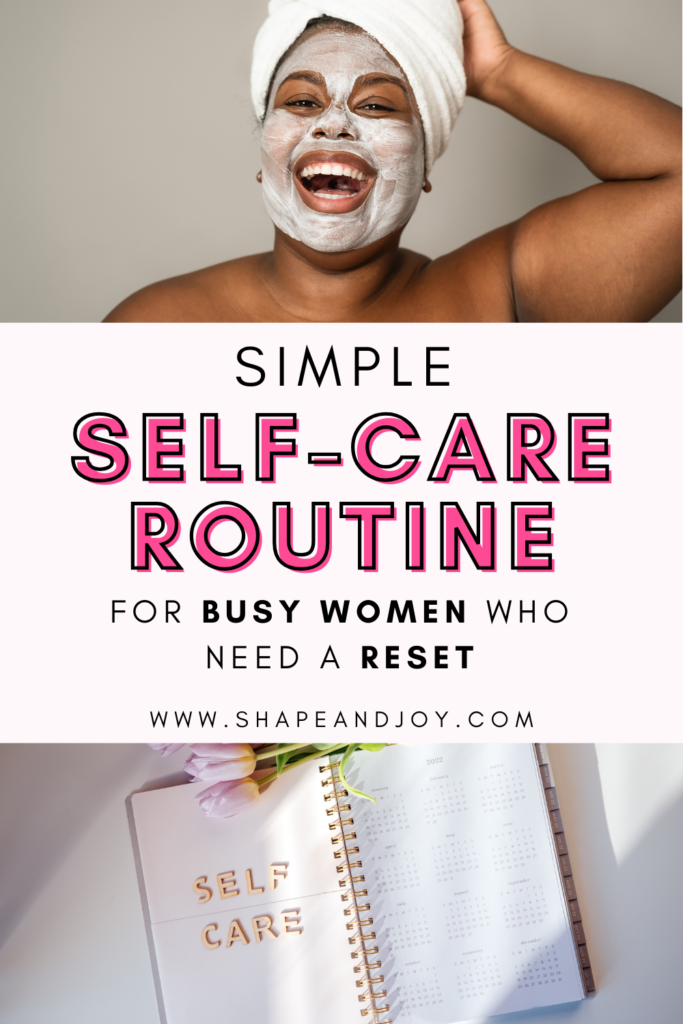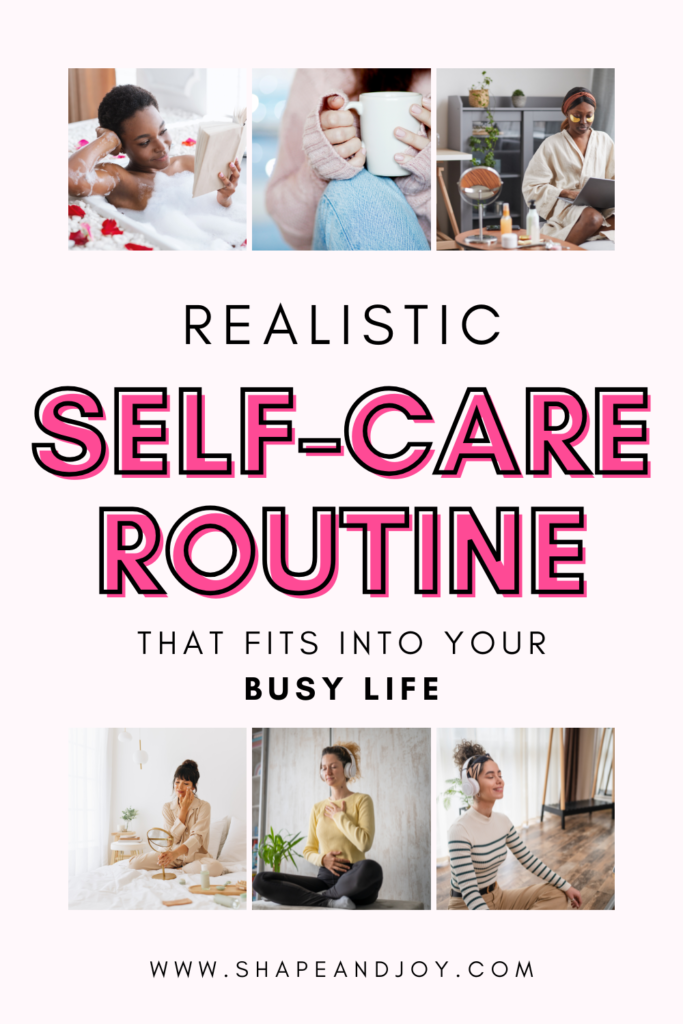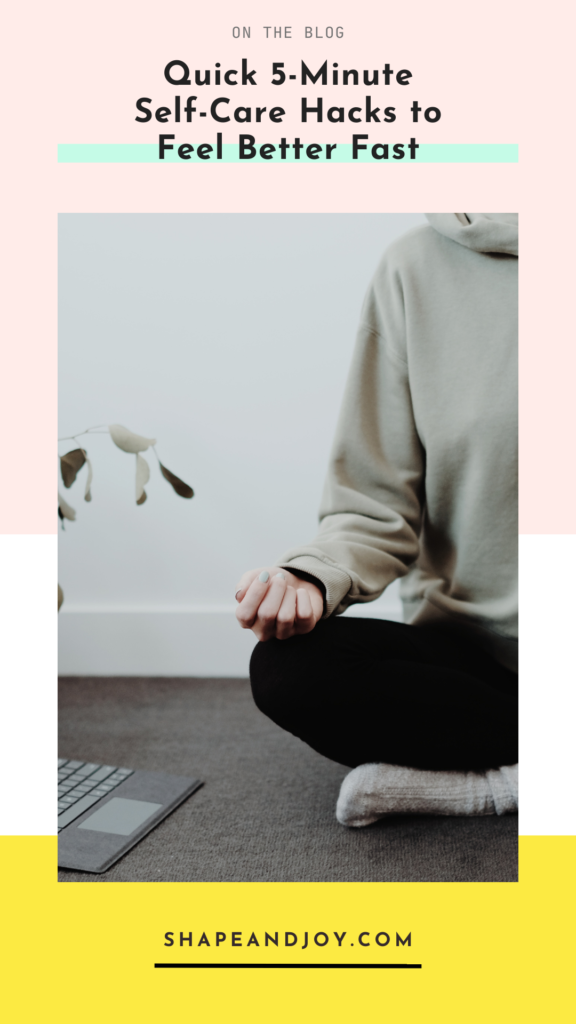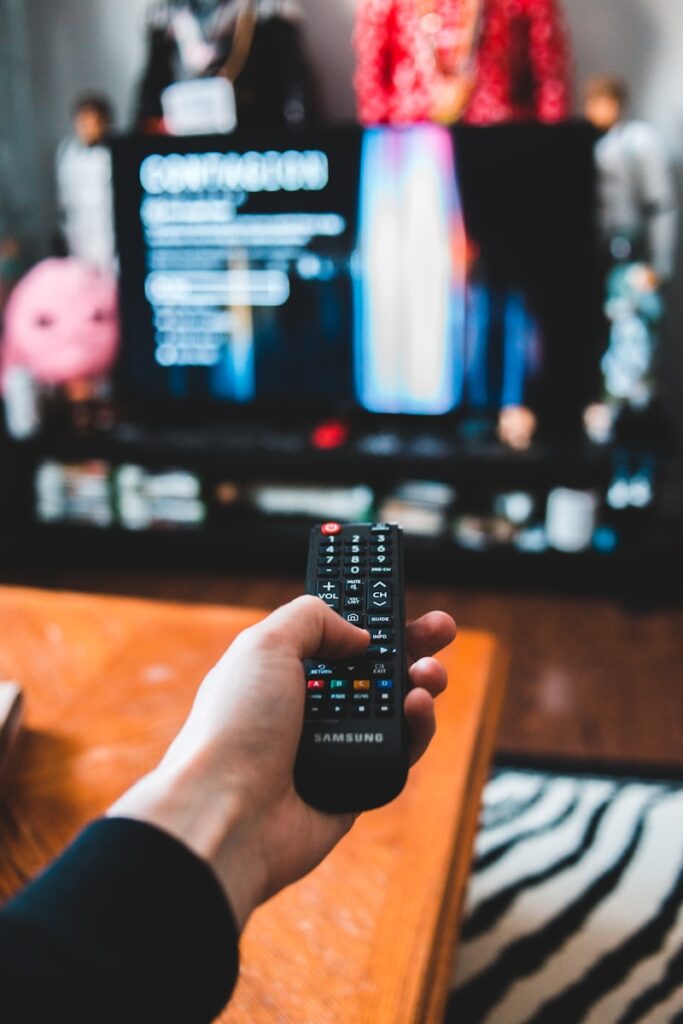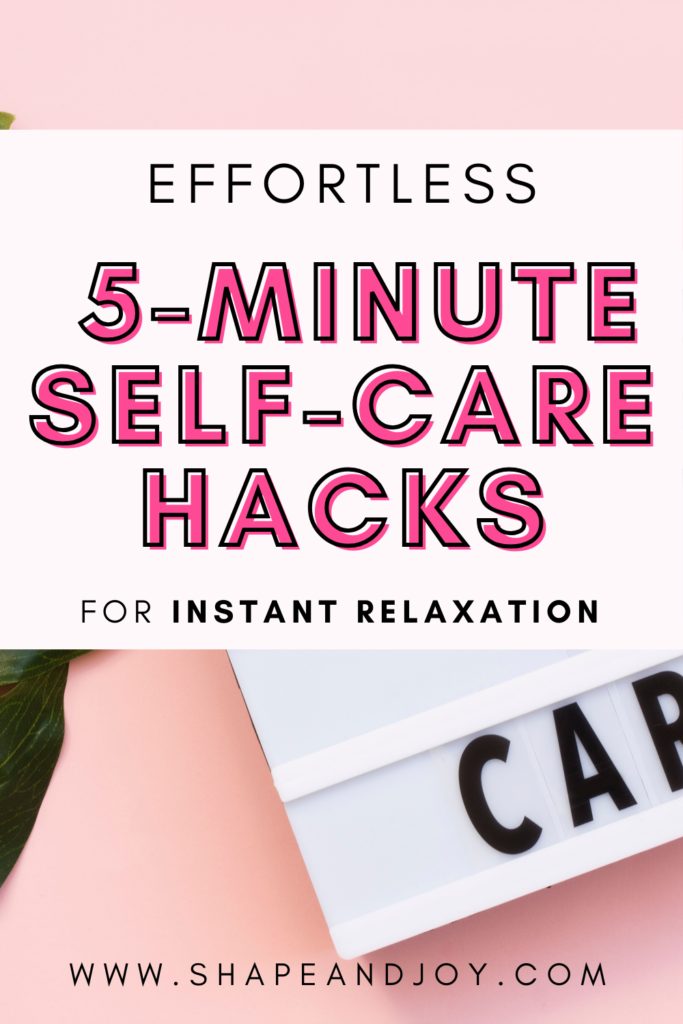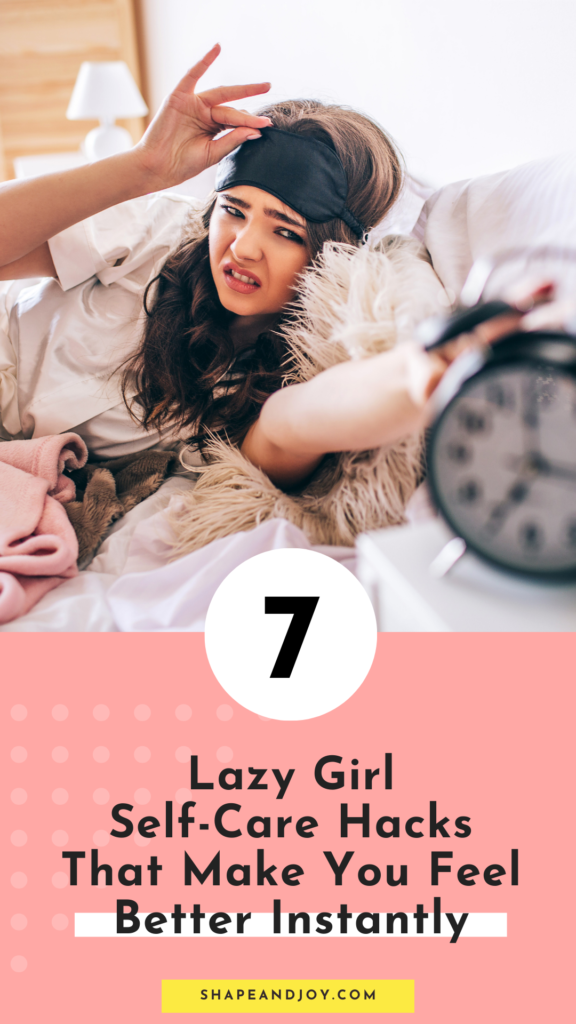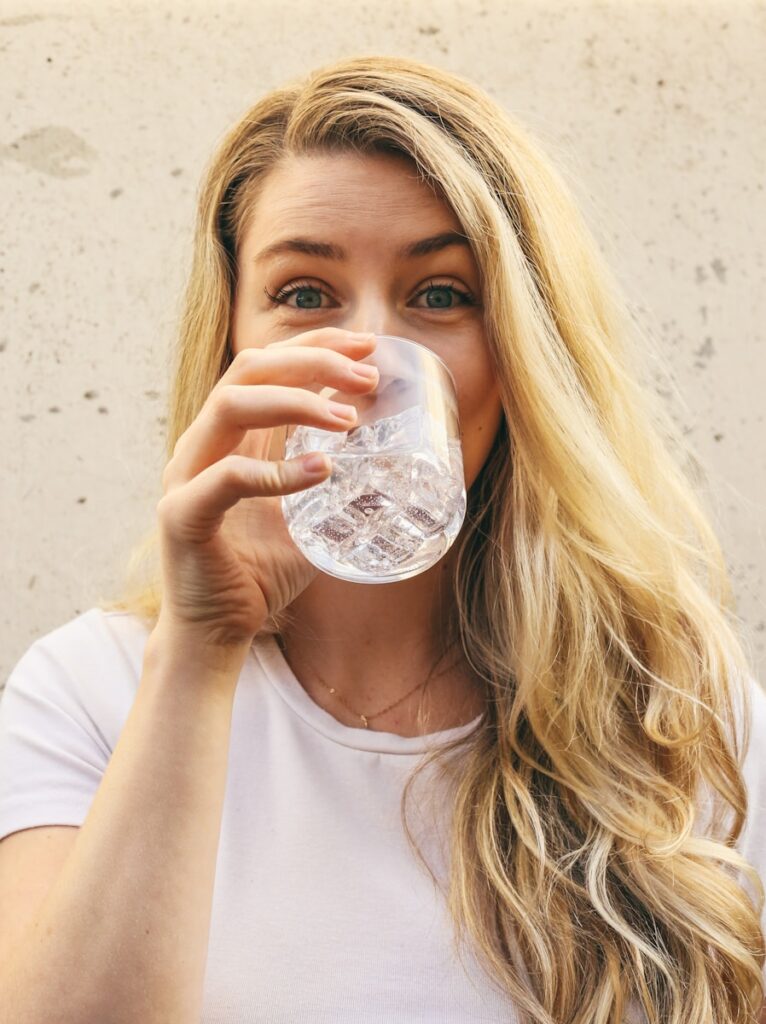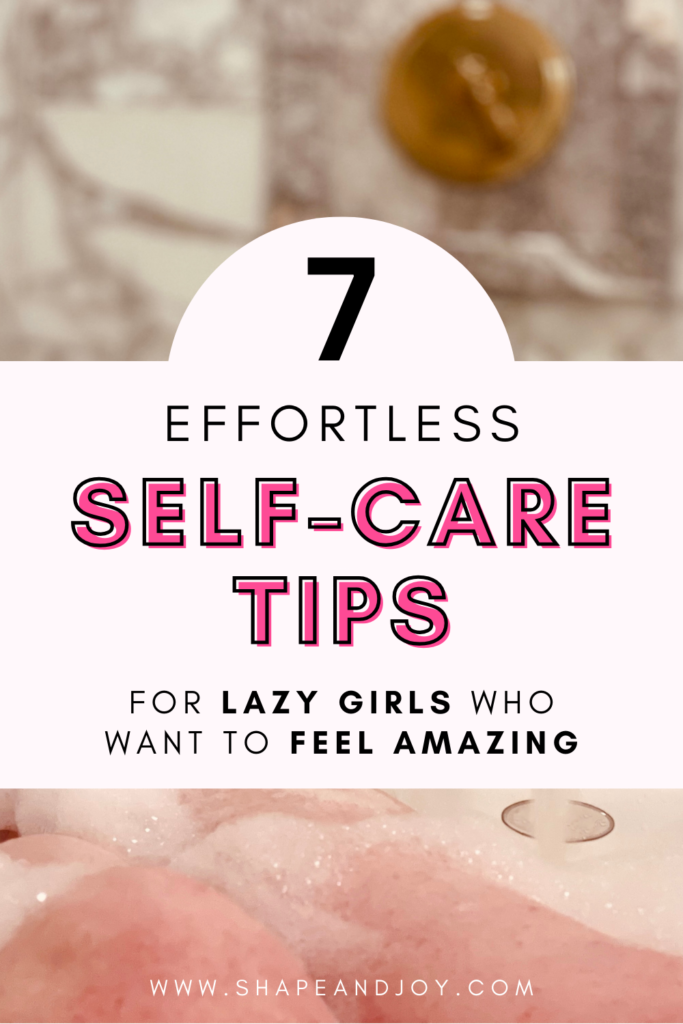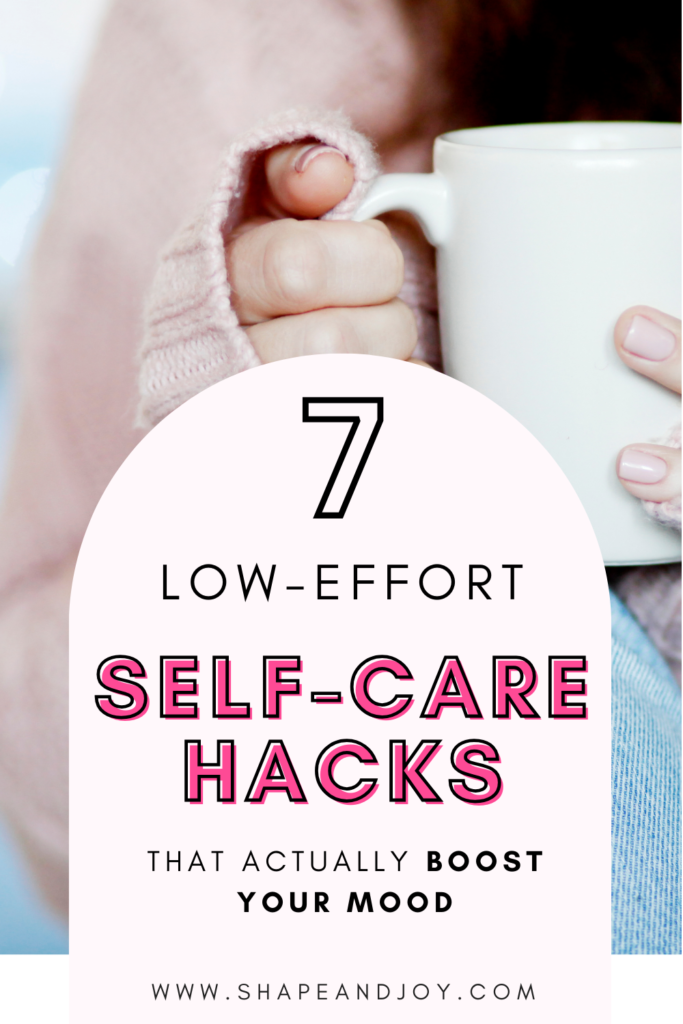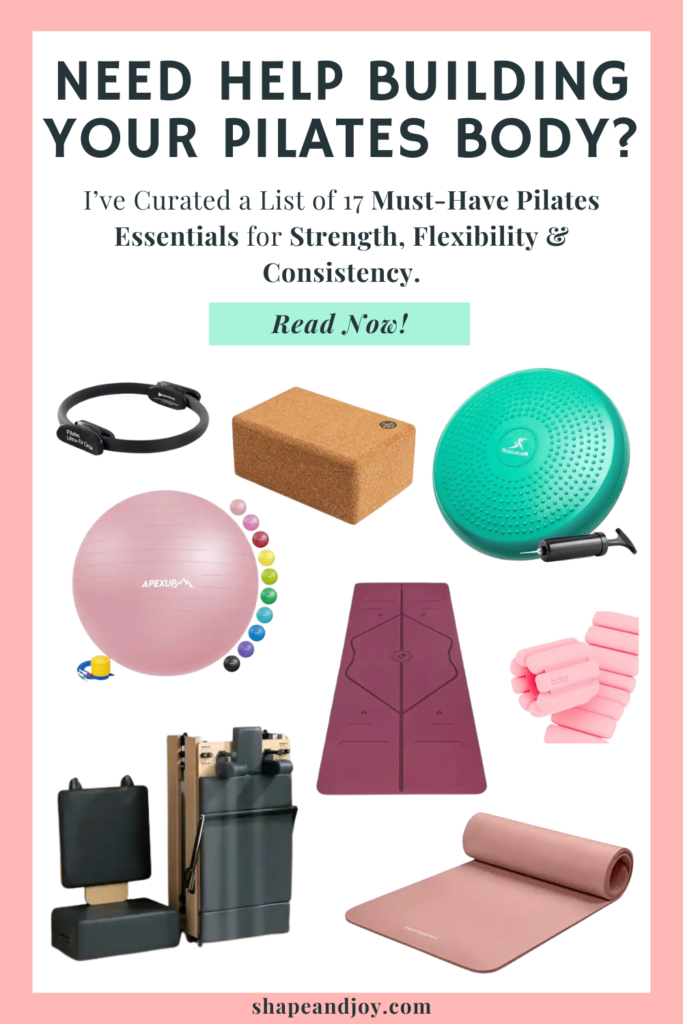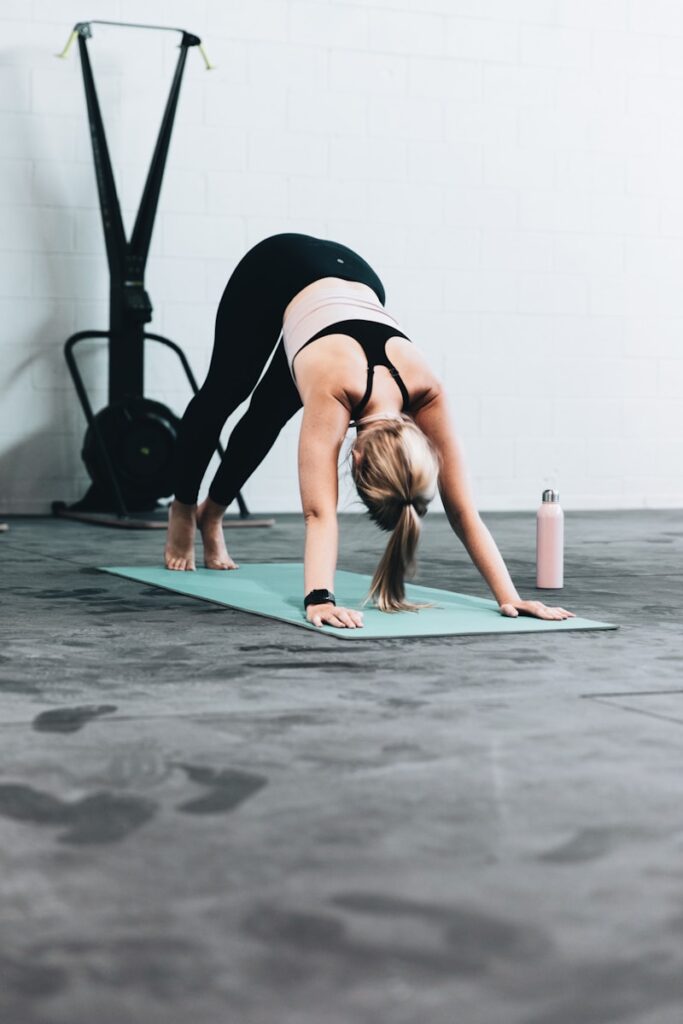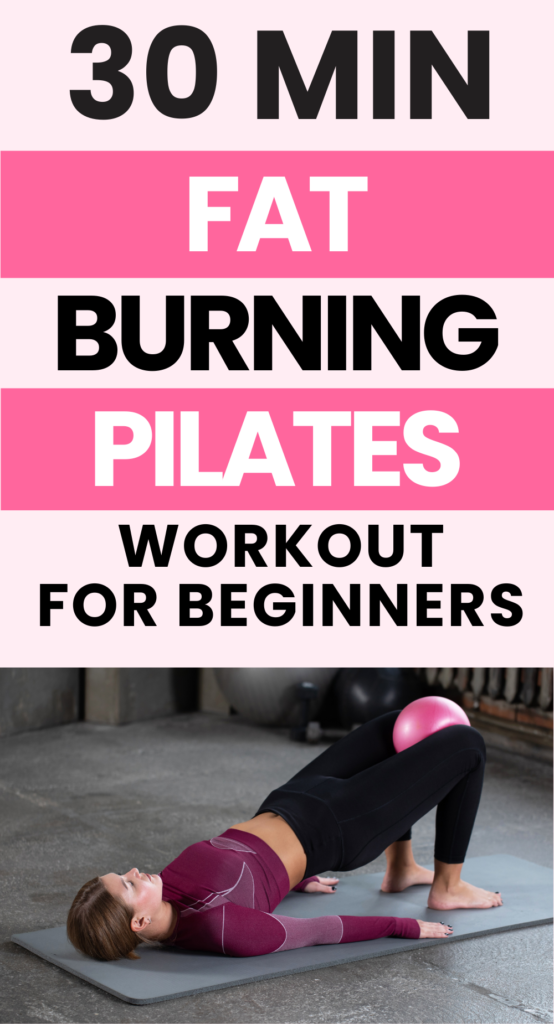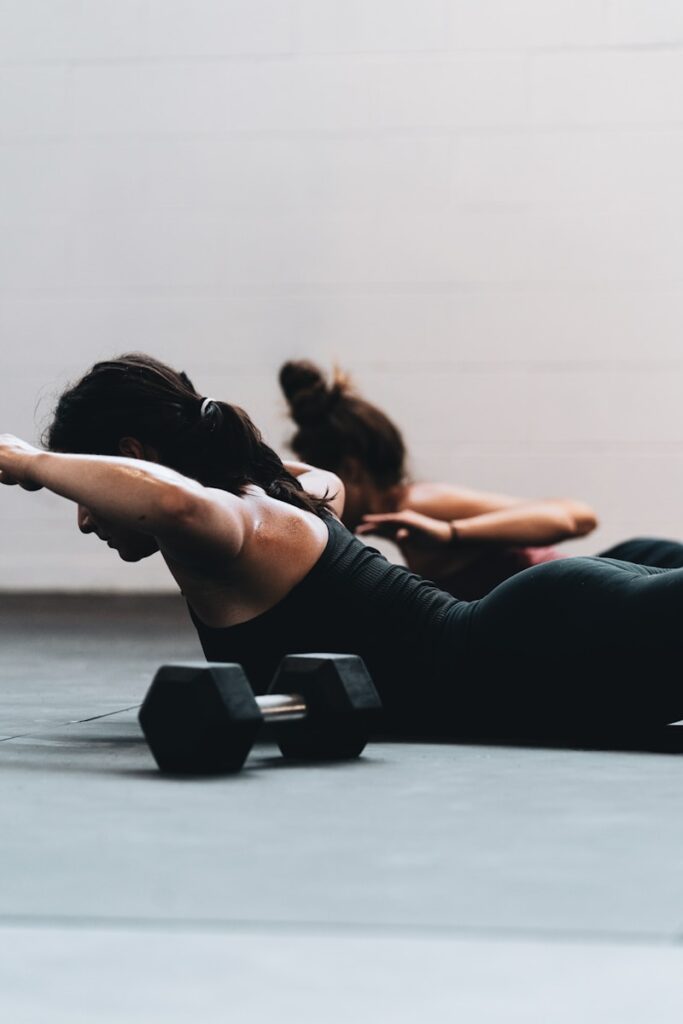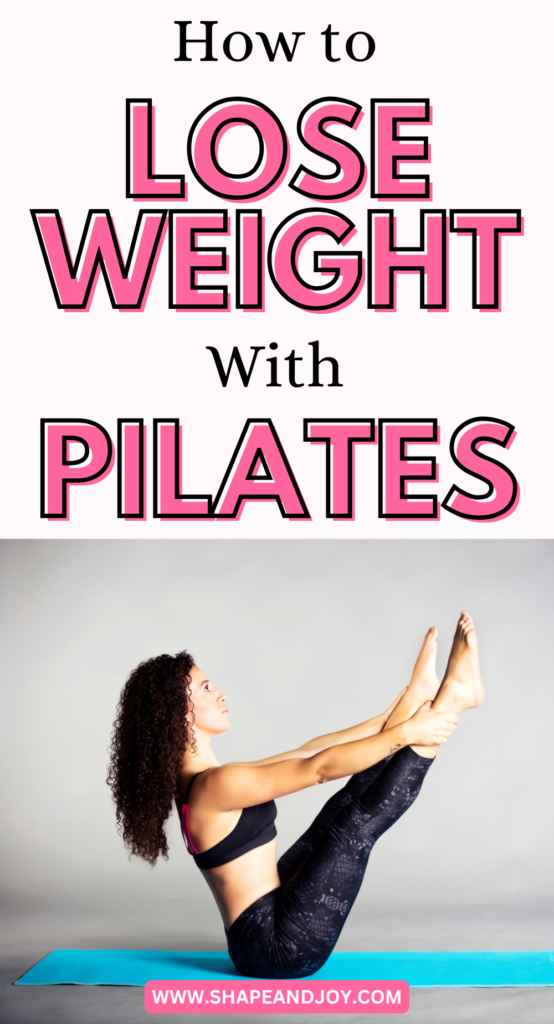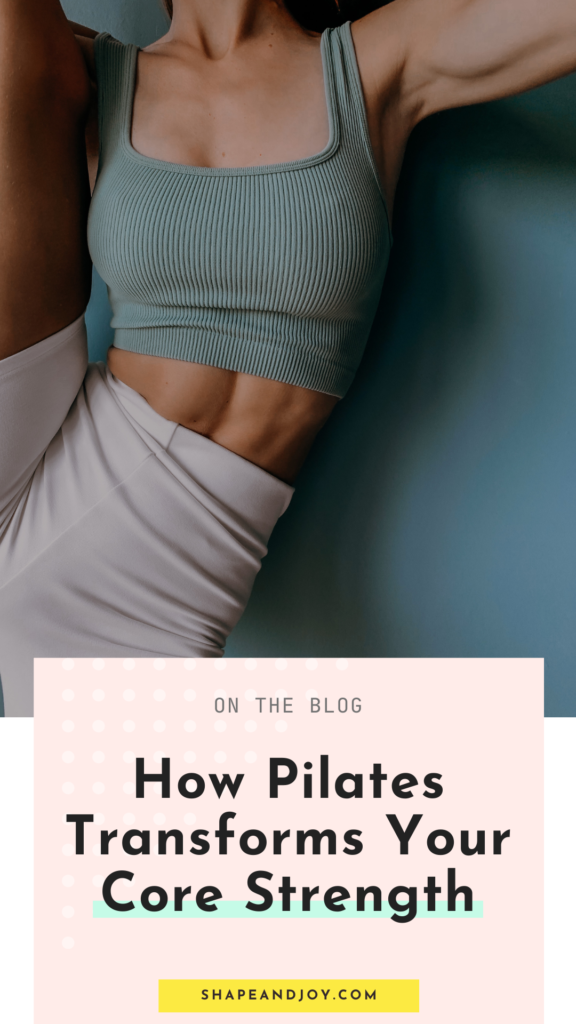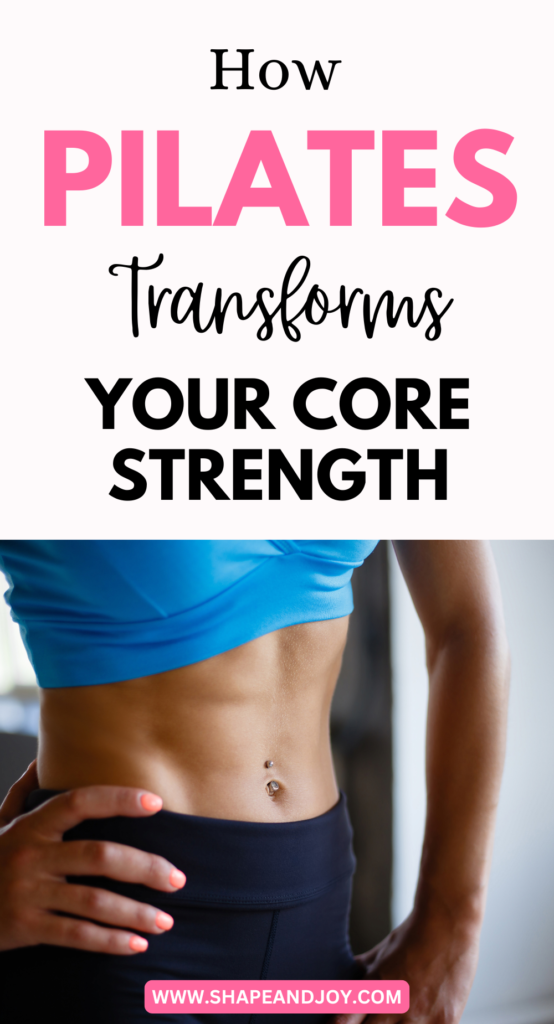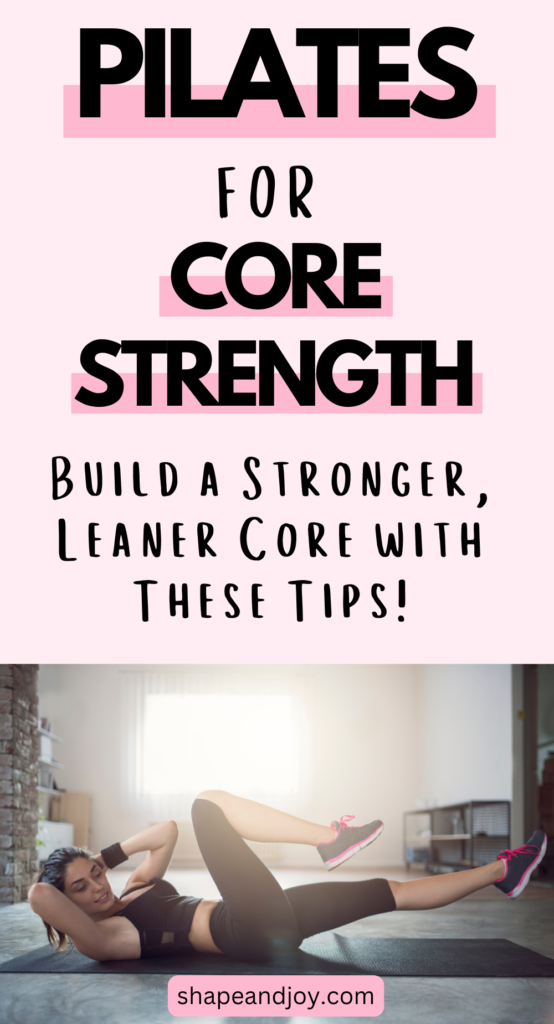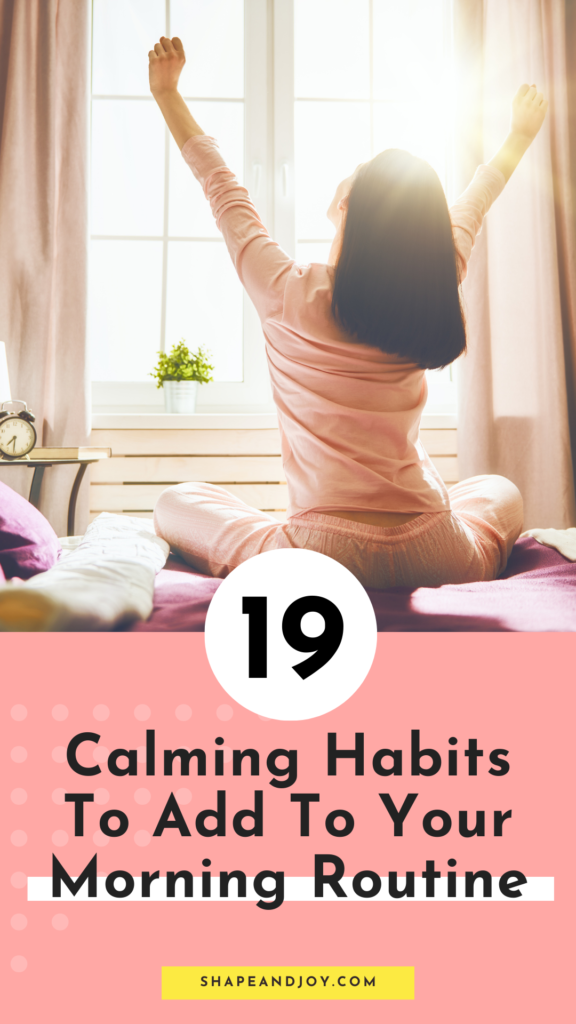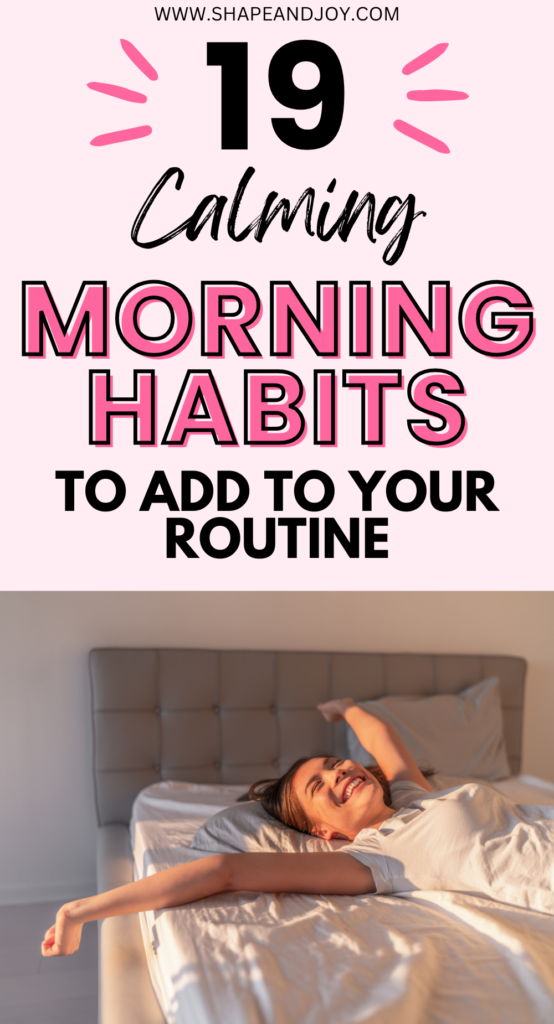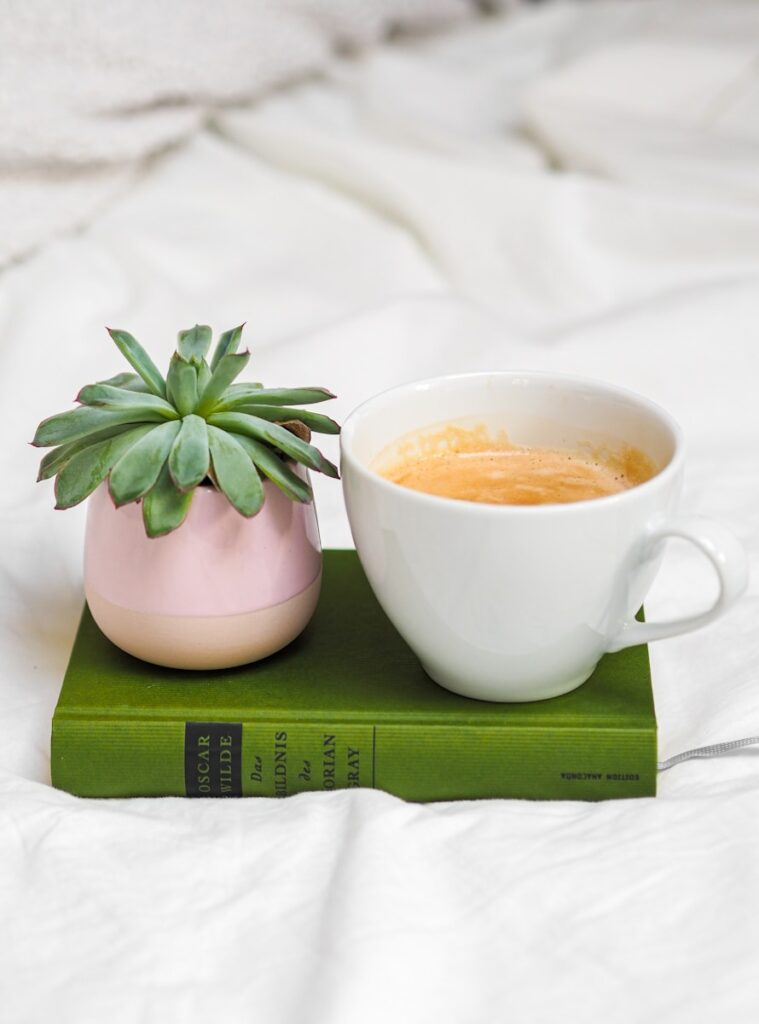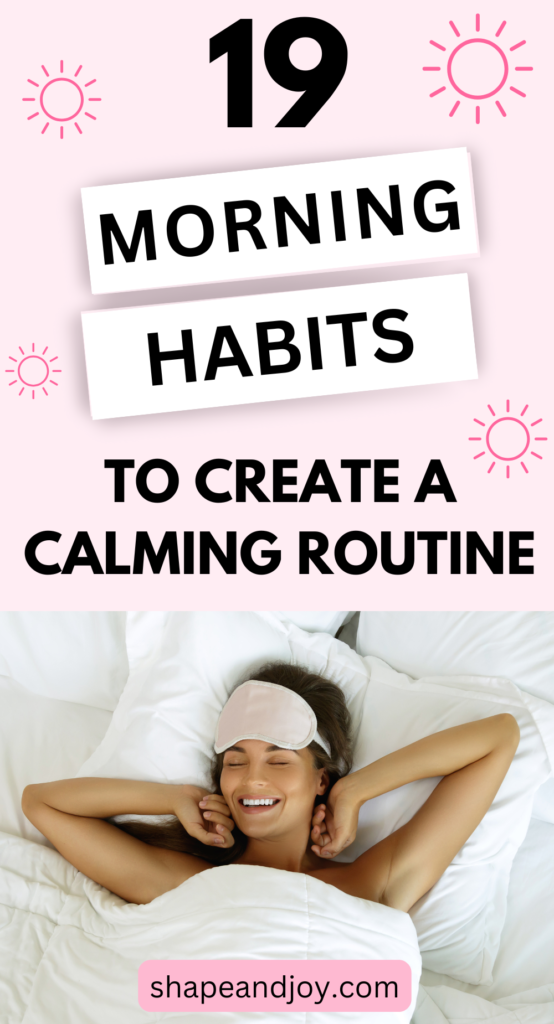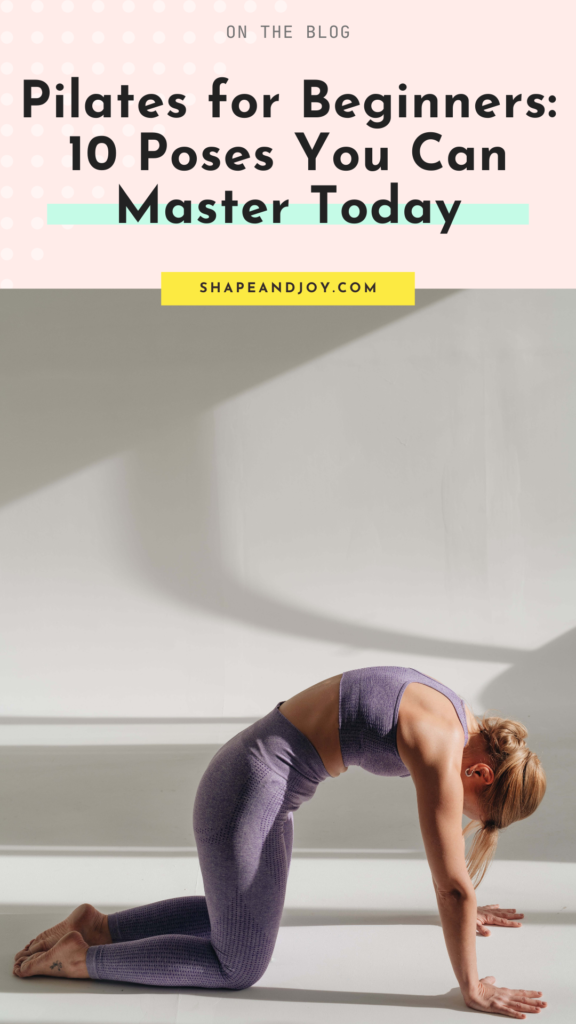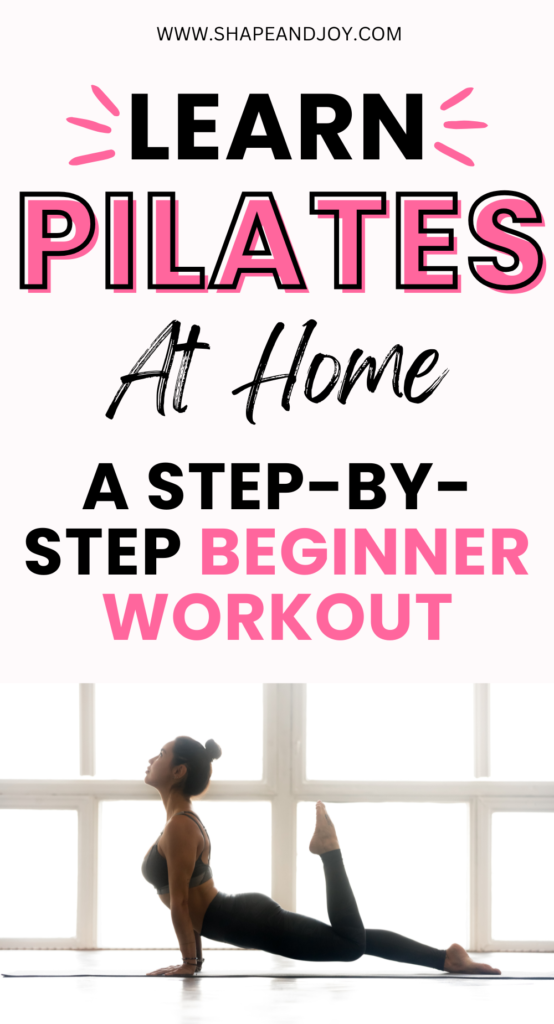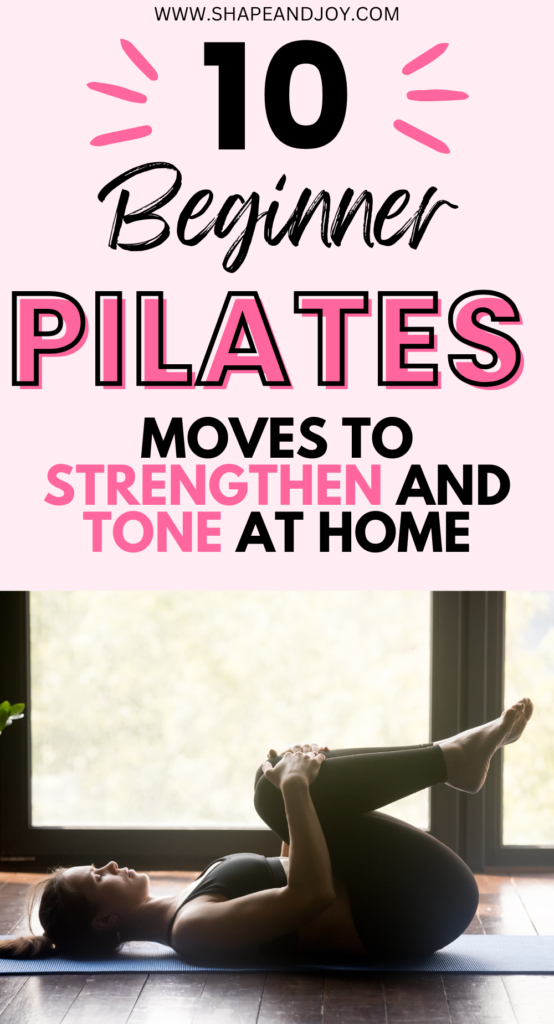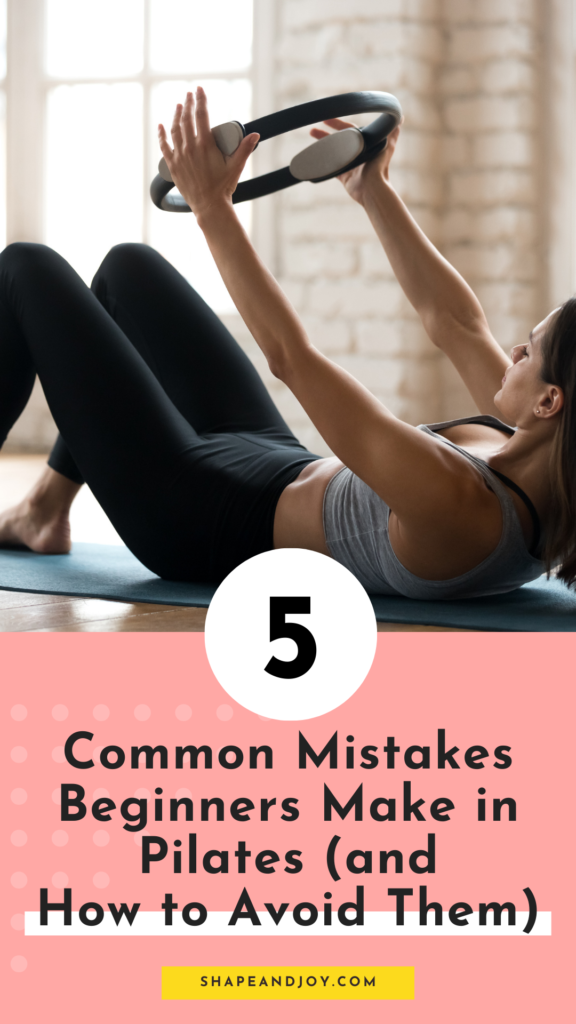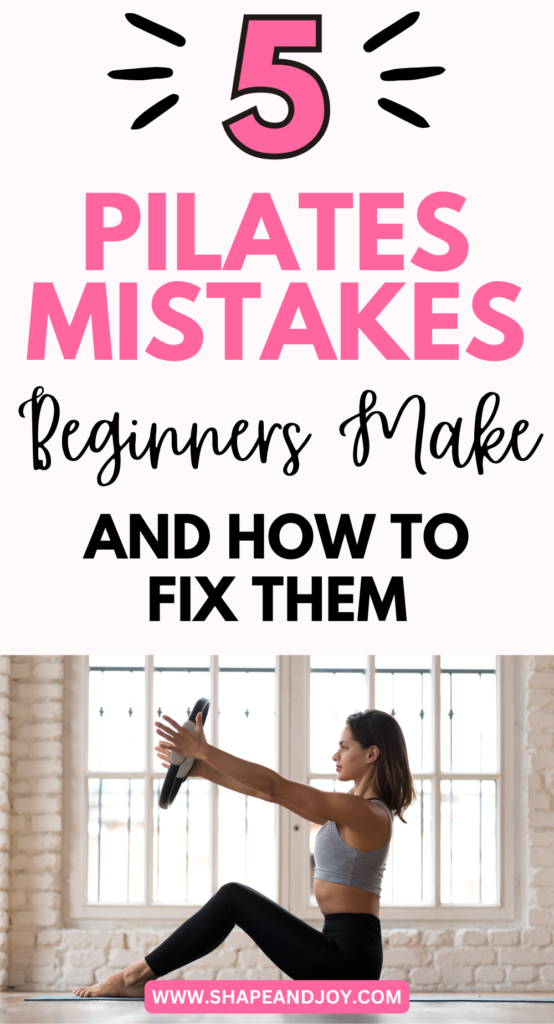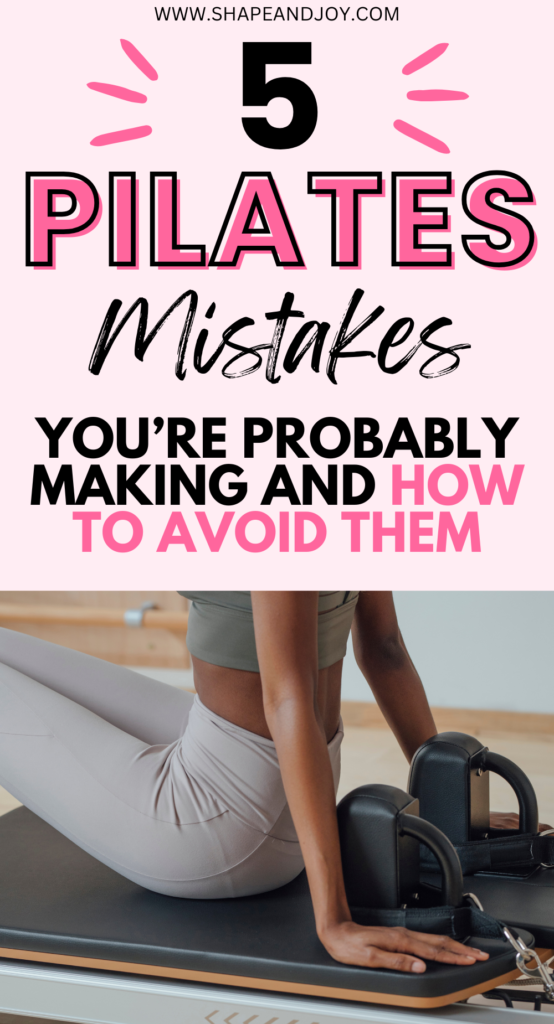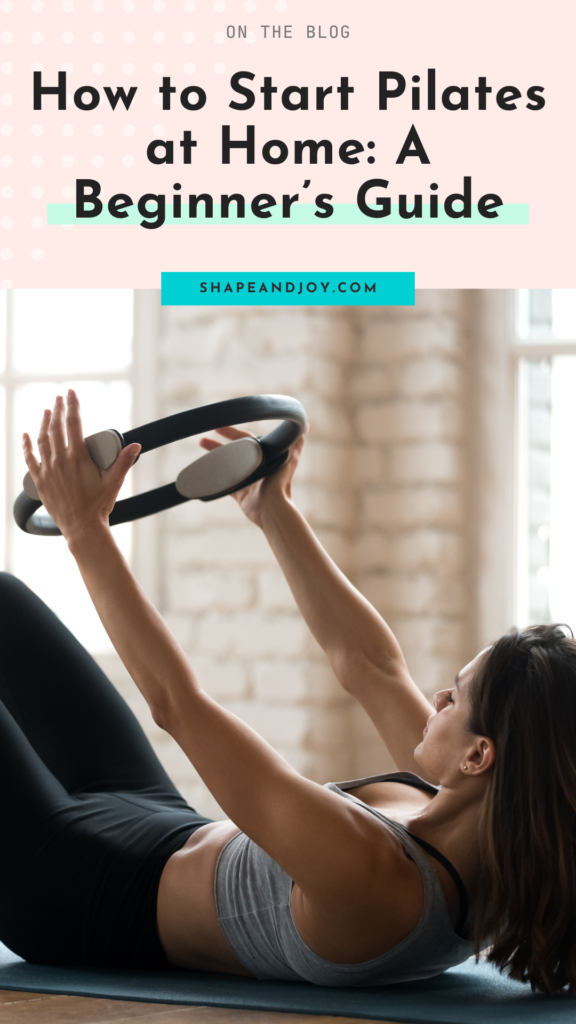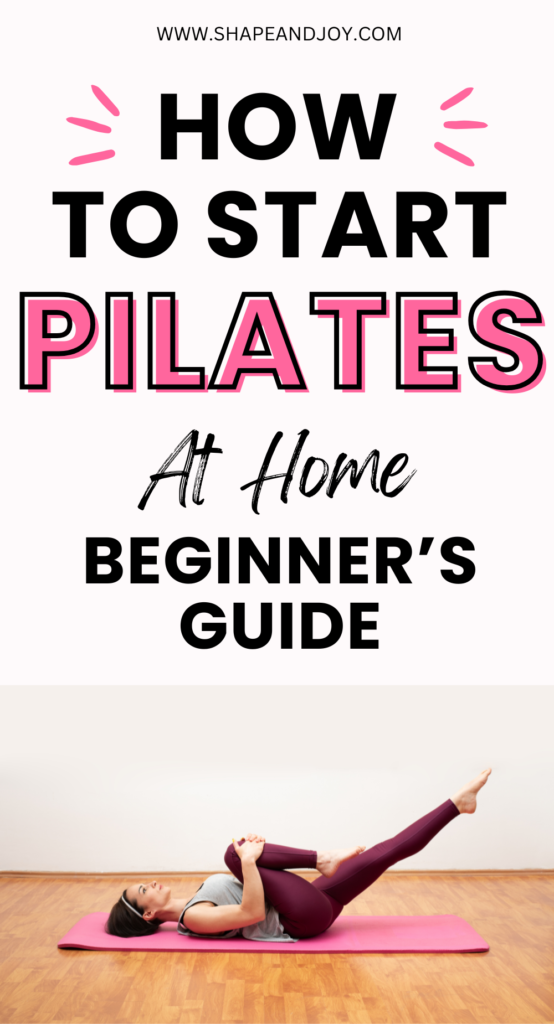How to Practice Mindfulness Without Meditating for Hours
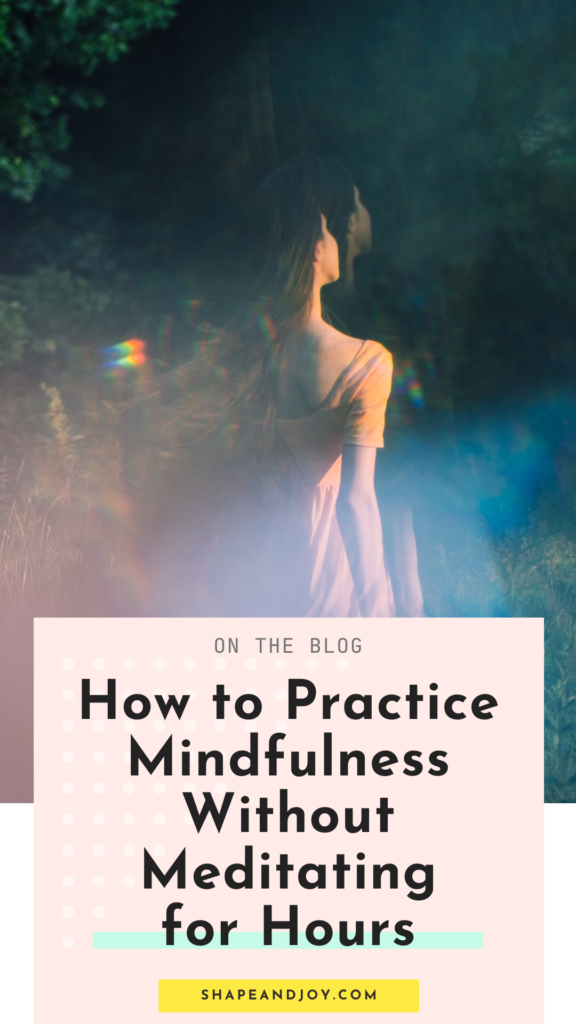
So far in this series, we’ve covered lazy girl self-care, 5-minute self-care hacks, and how to build a self-care routine that actually fits into your life. But let’s talk about how to practice mindfulness—because every self-care guru on the internet swears by it, yet most advice makes it seem like you need to sit cross-legged in silence for an hour every morning.
Not happening.
The good news? Mindfulness doesn’t have to be complicated. It’s not just meditation, and it doesn’t require candles, mantras, or “emptying your mind” (whatever that means).
You can practice mindfulness in seconds, while doing things you’re already doing—like drinking your morning coffee, taking a Sunday reset shower, or walking to the kitchen for another snack.
If you’re tired of mindfulness feeling like another task on your to-do list, this is for you. Here’s how to bring mindfulness into your life—without the effort.
- 1. Mindful Hydration: Romanticise Your Water Intake
- 2. The One-Minute Check-In: No Journaling Required
- 3. The “Mindful Minute” Trick: Stress Relief in 60 Seconds
- 4. Mindfulness While Doing Everyday Tasks
- 5. The “Dopamine Menu” for Mindfulness
- 6. Mindfulness for Sleep: The Night-time Reset
- 7. How to Make Mindfulness Stick (Without Trying Too Hard)
- Final Thoughts: Mindfulness, But Make It Lazy
1. Mindful Hydration: Romanticise Your Water Intake
Most of us know we should drink more water, but it often feels like a chore. Mindfulness trick? Turn it into a ritual instead of a task.
Try this:
- Pour your drink slowly and notice the sound.
- Take a sip and actually taste it (yes, even if it’s just water).
- Imagine hydrating your body like a wellness queen—because you are.
Lazy Girl Tip: Use a cute water bottle with a straw to make hydration feel more aesthetic and effortless.
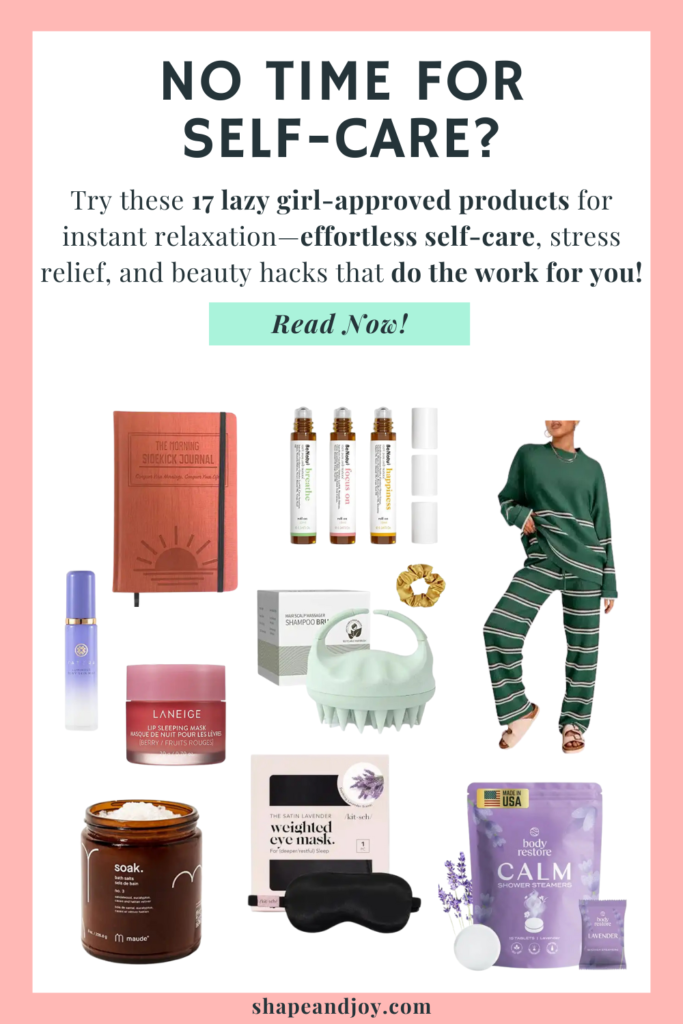
2. The One-Minute Check-In: No Journaling Required
You don’t need a full self-care bullet journal to check in with yourself. Try this instead:
- Ask yourself: What do I need right now?
- Pause for 10 seconds before responding.
- Acknowledge whatever comes up—without judgment.
That’s it. No journaling, no deep analysis—just a quick mental reset to help you be more aware of what you need.
Lazy Girl Tip: If you like writing things down, use the Notes app. No fancy journal required. Unless you really want one.
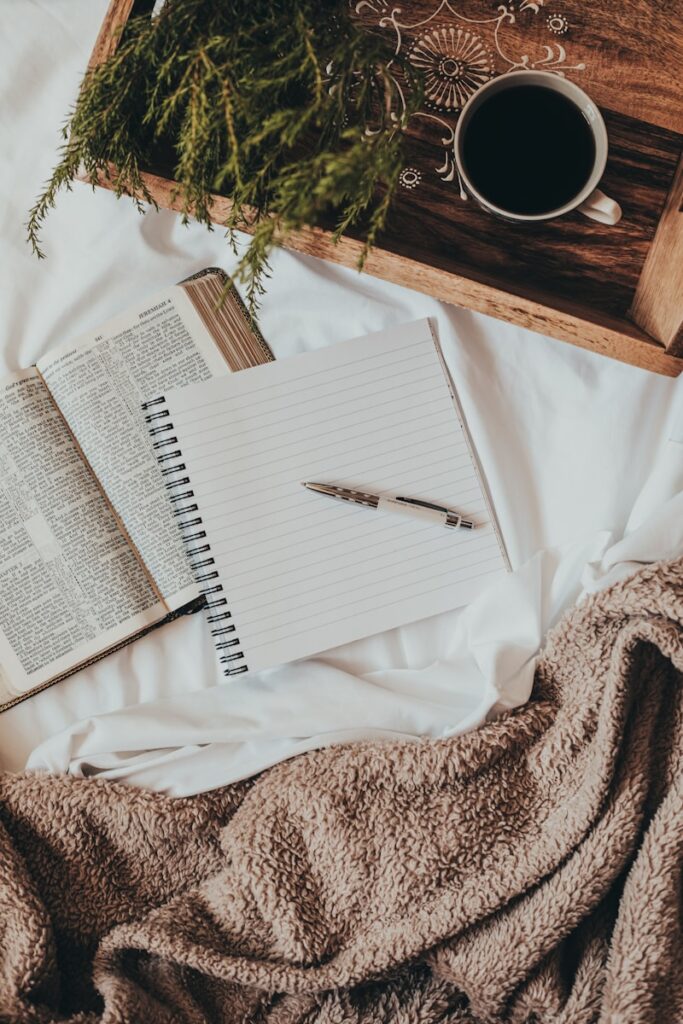
3. The “Mindful Minute” Trick: Stress Relief in 60 Seconds
Overthinking? Feeling stressed? Try this simple 60-second reset:
- Breathe in for 4 seconds.
- Hold for 4 seconds.
- Exhale for 4 seconds.
- Repeat until your brain stops yelling at you.
This trick forces you to pause, reset, and lower stress levels fast—perfect for busy moms, or anyone who doesn’t have time for a 30-minute meditation.
Lazy Girl Tip: Do this while waiting for the kettle to boil or before checking your phone in the morning.

4. Mindfulness While Doing Everyday Tasks
The easiest way to practice mindfulness? Stop multitasking for a second and actually pay attention to what you’re doing.
Try this while:
- Drinking coffee – Notice the warmth, the taste, the first sip of happiness.
- Showering – Focus on the water, the scent of your soap, the feeling of relaxation.
- Walking – Feel your steps, notice the air, listen to the sounds around you.
- Eating – Chew slowly, actually taste your food (instead of inhaling it like a gremlin).
Lazy Girl Tip: Mindfulness isn’t about doing extra things—it’s about noticing the things you’re already doing.
📌 Pin this for later! ⬇
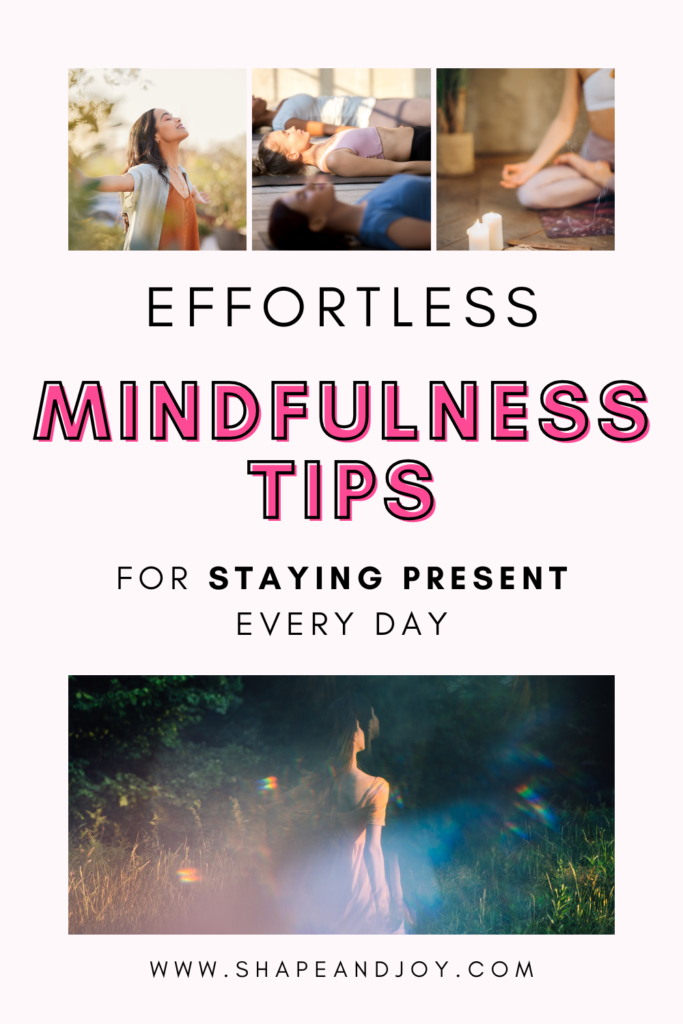
5. The “Dopamine Menu” for Mindfulness
If your brain thrives on variety, mindfulness can get boring fast. That’s where a dopamine menu comes in—a list of feel-good activities that help you stay present without doing the same thing every day.
Your dopamine-boosting mindfulness menu might include:
- Listening to ASMR videos (instant brain massage).
- Doing a 5-minute stretch while focusing on how it feels.
- Drinking an iced coffee in total silence (no phone, just vibes).
- Looking at vision board photos for motivation.
- Taking three slow breaths before checking notifications.
Lazy Girl Tip: Check out this post on how to build a Dopamine menu here!

6. Mindfulness for Sleep: The Night-time Reset
If your brain refuses to shut up at night, mindfulness can help—without turning bedtime into another “task.”
Try these low-effort night-time mindfulness tricks:
- Weighted sleep mask – Blocks out light and forces your brain to chill.
- Scented pillow spray – Turns your bed into a self-care spa.
- The 5-4-3-2-1 method – Name five things you see, four things you hear, three things you feel, two things you smell, one deep breath.
- Dopamine reward – Give yourself a small reward for actually going to bed on time (because discipline needs a dopamine hit, too).
Lazy Girl Tip: Make your bed feel extra inviting so sleep becomes something you look forward to, not just something you have to do.

7. How to Make Mindfulness Stick (Without Trying Too Hard)
Mindfulness isn’t one more thing to add to your to-do list—it’s just about being more present in what you’re already doing.
Here’s how to make it effortless:
- Habit stack it – Attach mindfulness to something you already do (e.g., deep breaths while brushing your teeth).
- Romanticise it – Light a candle, make your morning drink extra fancy, put on cozy ASMR videos while unwinding.
- Make it fun – Mindfulness should feel like a self-care lifestyle, not a chore.
Lazy Girl Tip: If it feels boring or forced, you’re doing too much. Keep it simple.
Low-Effort Self-Care
Want to upgrade your self-care without the stress? This series is all about realistic, low-effort self-care that actually fits into your life—no guilt, no overwhelm, just small changes that make a big difference.
Explore the full Lazy Girl Self-Care Series:
- The Lazy Girl’s Guide to Self-Care: How to Feel Better with Minimal Effort
- The Best 5-Minute Self-Care Hacks for Busy Women
- How to Create a Self-Care Routine That You Actually Stick To
- How to Practice Mindfulness Without Meditating for Hours
- The Best Self-Care Ideas for When You’re Burnt Out
- How to Make Exercise Feel Like Self-Care (Not a Punishment)
- The Connection Between Self-Care & Sustainable Weight Loss
- How to Prioritise Yourself Without Feeling Guilty
- How to Reset Your Life When You’re Feeling Stuck
Pick one, start small, and give yourself permission to make self-care easy.
Final Thoughts: Mindfulness, But Make It Lazy
You don’t need hours of meditation to practice mindfulness. Just tiny moments of awareness sprinkled throughout your day can make a huge difference.
Here’s what to do next:
- Pick one mindfulness trick and try it today.
- Attach it to something you already do.
- Let go of the idea that it has to be perfect.
Next up: The Best Self-Care Ideas for When You’re Burnt Out—because sometimes, minimal effort is all you can manage.
📌 Pin this for later! ⬇
